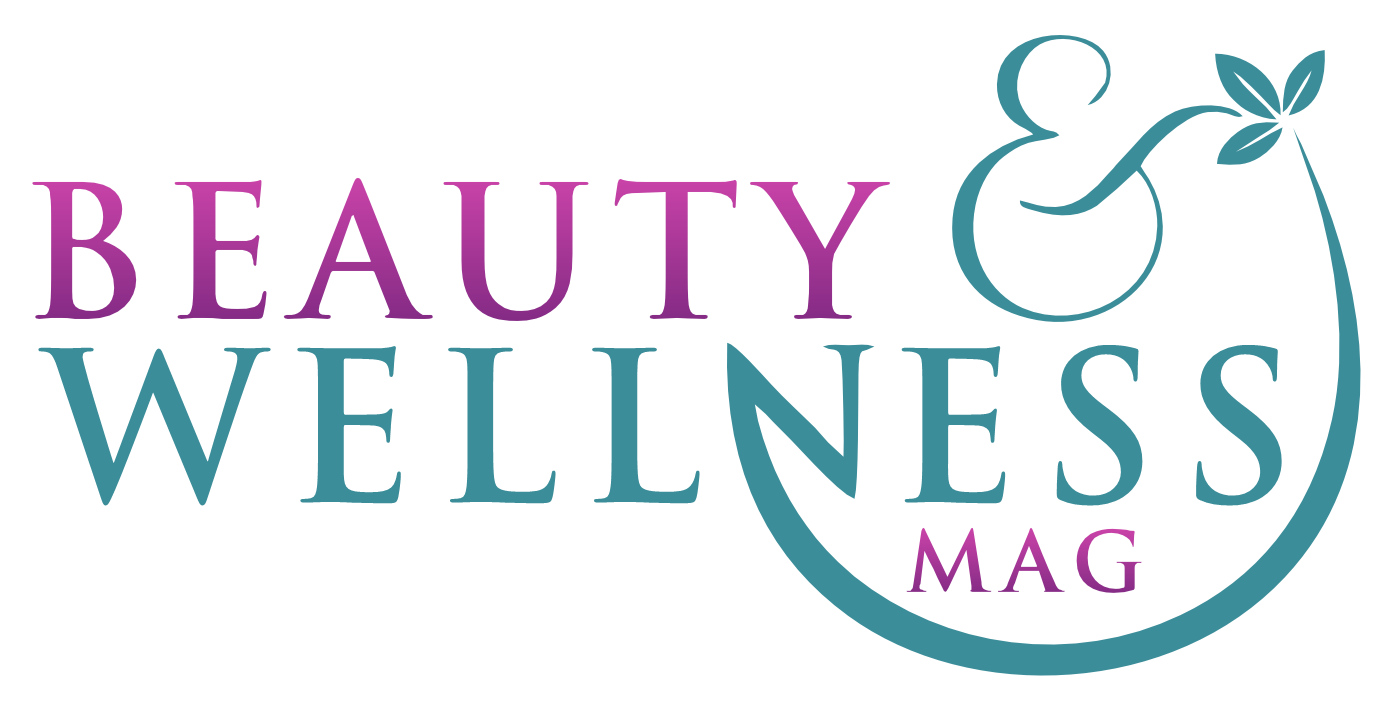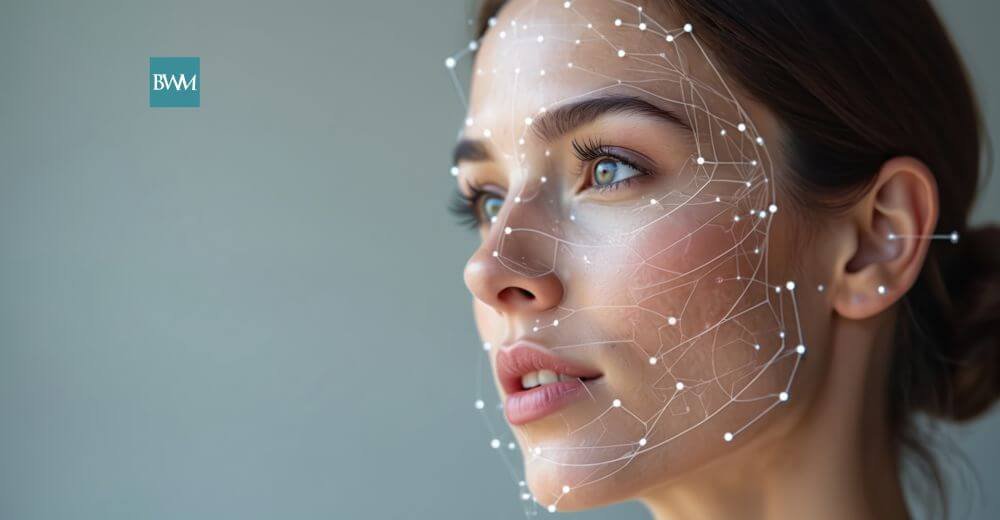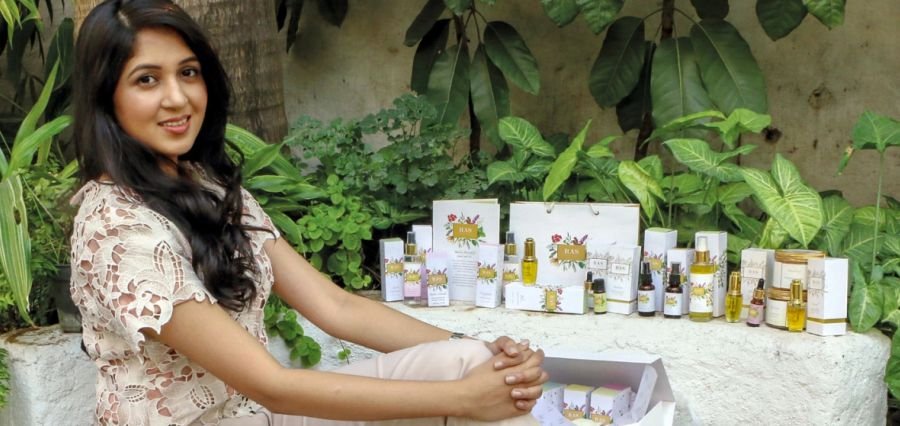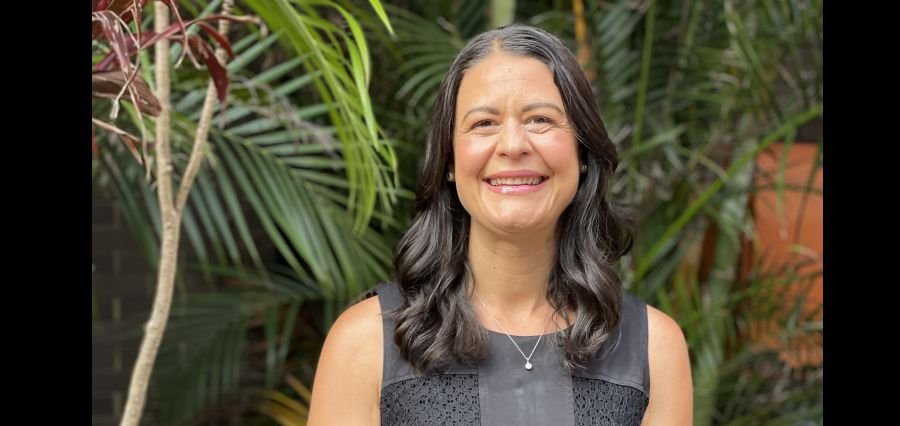The beauty business has seen an incredible evolution over the decades, from humble blends of natural ingredients to a science-driven, innovation-fueled, multibillion-dollar international industry. The cornerstone of that revolution is the emergence of clean beauty, one that has redefined consumer awareness and interaction with beauty goods. Clean beauty is all about transparency, safety, sustainability, and sustainable processes, illustrating an expanded cultural shift to health, environmentalism, and social responsibility.
In this article, we will discuss the rise of clean beauty during the Beauty Industry Evolution, describing its beginnings, its defining guidelines, and its effect on the market and consumer behavior.
The Genesis of Clean Beauty
Clean beauty is a trend that developed due to growing concern relating to the safety and environmental friendliness of traditional beauty products. At the beginning of the 2000s, consumers began to wonder about the chemicals contained within their cosmetics, after news broke that some chemicals were linked to negative health outcomes, such as hormonal regulation and skin irritation: parabens, sulfates, and phthalates. Meanwhile, the level of green awareness rose, and customers sought products that were consistent with the principles of environment friendliness. It was a breaking point in the industry development, as the companies began to redesign products without harmful ingredients and exceed sustainable practices.
Defining Clean Beauty
The term clean beauty lacks a single accepted definition and this has facilitated the controversy in the industry. In essence, it attacks products that have been manufactured with ingredients, which are known or suspected to be detrimental to the health or environment of man. Some of the popular no-no lists include parabens, synthetic fragrances, formaldehyde-releasing preservatives, and microplastics. Clean beauty is comprised of ethical sourcing, cruelty-free testing, eco-friendly packaging and label transparency. Consumers are asking companies to reveal the entire list of ingredients they use and are presenting reasons to prove their cases which is establishing some trust in an industry that has forever been synonymous with secrecy.
Consumer Drivers Behind the Trend
Clean beauty has been growing in close association with shifting demography and values among consumers. The demand has been driven by millennials and Gen Z who are interested in authenticity and sustainability. The clean beauty trend intersects with broader social trends, such as the push towards inclusivity and diversity in beauty. Consumers are seeking products that are safe and sustainable but also a brand that also shares their values, whether that is promoting underrepresented communities or body positivity. This thinking integrated has changed what it means to be a beauty company in the 21st century.
Impact on the Beauty Industry
The clean beauty trend has compelled traditional legacy players to transform or become obsolete. Standalone clean beauty brands such as Ilia and Herbivore, meanwhile, have built cult followings, disrupting the grip of legacy conglomerates.
Sustainability is the base of clean beauty’s impact. Brands are going with biodegradable packaging, refillable containers, and carbon-neutral production processes. For example, RMS Beauty uses recyclable glass containers, while Ethique offers solid beauty bars to eliminate plastic waste. Such innovations reflect a broader industry shift toward circular beauty, where the whole life cycle of a product is taken into account.
Challenges and Future Directions
Although it expands, clean beauty is tested. The lack of one universal definition creates ambiguity, and greenwashing remains a persistent issue. Small brands are disadvantaged too, as they cannot afford the price of sustainable packaging and ethically sourced ingredients, with numerous compromising on profitability for compliance. Certain critics argue as well that clean beauty’s focus on “natural” ingredients overlooks the efficacy and safety of synthetic analogues, which are more stable and rigorously tested.
Forward, the clean beauty trend is not abating. Green chemistry advancements are enabling brands to develop high-performing, sustainable ingredients that rival conventional formulas. Biotech and AI are also leading to future alterations, as brands utilize AI to consider ingredient safety and biotech to formulate lab-synthesized natural actives. Regulatory bodies may finally step in to standardize clean beauty, providing clarity to consumers and brands alike.
Conclusion
Clean beauty’s ascension represents a turning point in the Evolution of the Beauty Industry, an intersection of consumer values, technological innovation, and moral consciousness. Through its emphasis on safety, sustainability, and openness, clean beauty re-set the industry standard and gave power back to consumers to make informed decisions. As the movement grows, it holds companies accountable for sustainable innovation and to the will of a mobilized, values-oriented consumer. The clean beauty legacy will be that it built a better, more sustainable beauty system, proving beauty can be as good as it is good.
Read More: Leading with Beauty: The Women Shaping the Future of Beauty Industry





